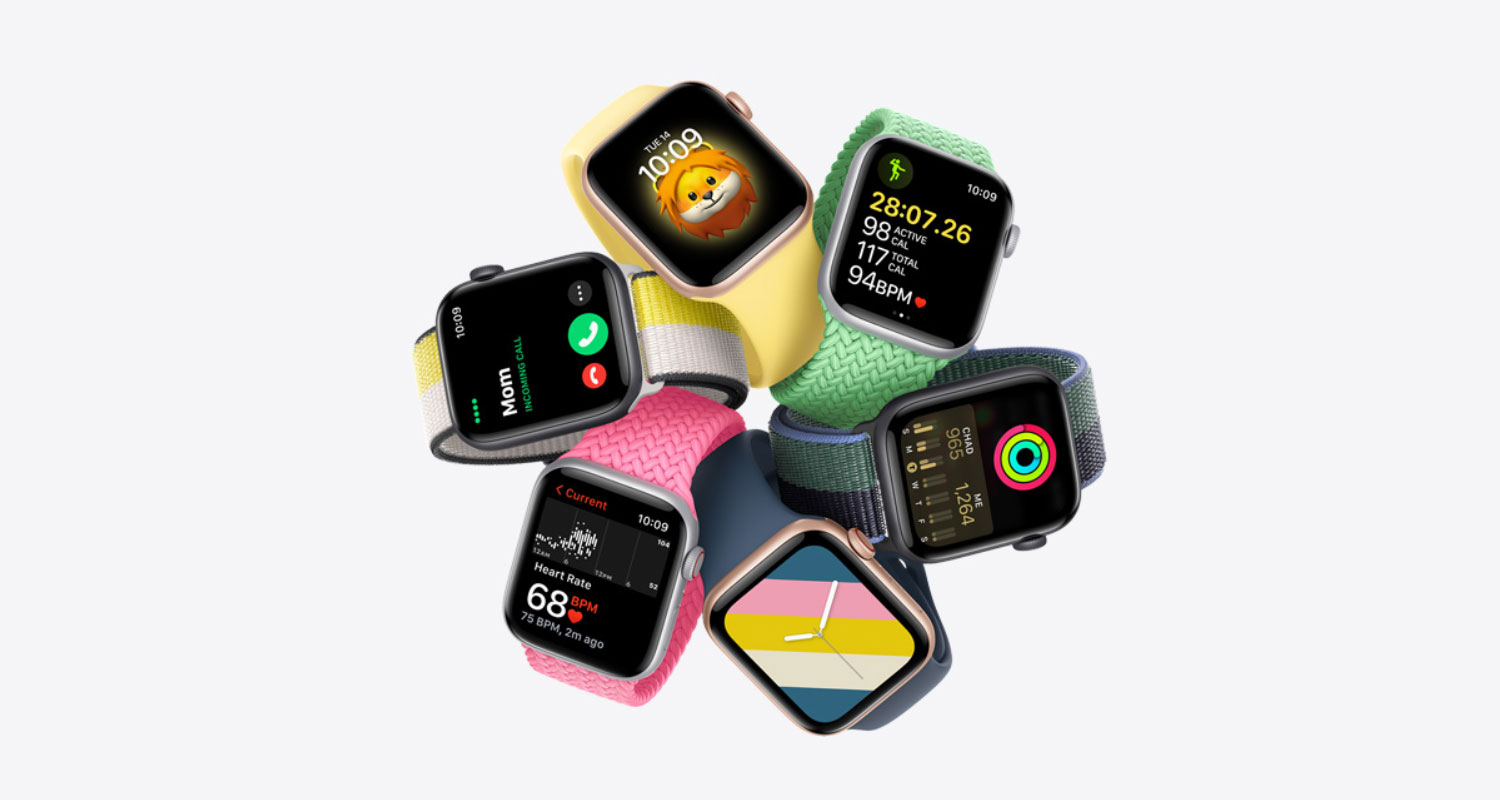
Apple has a moonshot-style project under way that dates back to the Steve Jobs era: noninvasive and continuous blood glucose monitoring.
The goal of this secret endeavor — dubbed E5 — is to measure how much glucose is in someone’s body without needing to prick the skin for blood. After hitting major milestones recently, the company now believes it could eventually bring glucose monitoring to market, according to people familiar with the effort.
If perfected, such a breakthrough would be a boon to diabetics and help cement Apple as a powerhouse in health care. Adding the monitoring system to the Apple Watch, the ultimate goal, would also make that device an essential item for millions of diabetics around the world.
There’s still years of work ahead, but the move could upend a multibillion-dollar industry. Roughly one in 10 Americans have diabetes, and they typically rely on a device that pokes the skin for a blood sample. There are also patches from Dexcom and Abbott Laboratories that are inserted into the skin but need to be replaced about every two weeks.
Apple is taking a different approach, using a chip technology known as silicon photonics and a measurement process called optical absorption spectroscopy. The system uses lasers to emit specific wavelengths of light into an area below the skin where there is interstitial fluid — substances that leak out of capillaries — that can be absorbed by glucose. The light is then reflected back to the sensor in a way that indicates the concentration of glucose. An algorithm then determines a person’s blood glucose level.
Hundreds of engineers are working on the project as part of Apple’s Exploratory Design Group, or XDG, a previously unreported effort akin to Google X. It’s one of the most covert initiatives at the famously secretive Apple. Even fewer people are involved in it than the company’s self-driving car undertaking, overseen by the Special Projects Group, or the mixed-reality headset, which is being developed by its Technology Development Group.
Human trials
A spokesman for Cupertino, California-based Apple declined to comment.
The company has tested the glucose technology on hundreds of people over the past decade. In human trials, it has used the system with people who don’t know if they’re diabetic, as well as people with prediabetes and type-2 diabetes. It has compared its own technology to standard tests on blood drawn from veins and samples taken from a prick in the skin, known as capillary blood.
Apple’s system — more than 12 years in the making — is now considered to be at a proof-of-concept stage, said the people, who asked not to be identified because the project is confidential. The company believes the technology is viable but needs to be shrunk down to a more practical size.
Engineers are working to develop a prototype device about the size of an iPhone that can be strapped to a person’s bicep. That would be a significant reduction from an early version of the system that sat atop a table.
One of Apple’s goals for the technology is to create a preventative measure that warns people if they’re prediabetic. They then could make lifestyle changes to try to avoid developing type-2 diabetes, which occurs when a person’s body doesn’t use insulin properly. Apple’s regulatory team has already held early discussions about getting government approval for the system.
 But there’s a reason it’s considered a moonshot goal. Numerous start-ups — and some of the world’s largest companies — have tried and failed to develop a noninvasive monitoring system. In 2014, Google announced plans to make smart contact lenses that could measure blood glucose through teardrops. It shelved the complex project in 2018.
But there’s a reason it’s considered a moonshot goal. Numerous start-ups — and some of the world’s largest companies — have tried and failed to develop a noninvasive monitoring system. In 2014, Google announced plans to make smart contact lenses that could measure blood glucose through teardrops. It shelved the complex project in 2018.
Apple’s senior executives believe this problem is one that it’s uniquely positioned to crack, given the company’s expertise in hardware and software integration — along with its deep pockets. CEO Tim Cook, chief operating officer Jeff Williams and Apple Watch hardware head Eugene Kim all have a hand in the project, and it’s already cost hundreds of millions of dollars, according to the people familiar with the situation.
The Apple Watch has gradually become more of a health tool. The first model, launched in 2015, included a heart-rate sensor but was more focused on fitness tracking. The device gained the ability to take electrocardiograms, or ECGs, from the wrist in 2018. It also can now sense body temperature — for women’s health tracking — and calculate blood oxygen levels.
The glucose system will rely on a slate of Apple-designed silicon photonics chips and sensors. The company tapped TSMC to build the main chip to power the feature. TSMC, a key Apple partner, already builds the main processors inside of iPhones, iPads and Macs.
While Apple has made major technology strides on the glucose effort, it suffered a recent setback
Before shifting to TSMC, Apple had worked with Rockley Photonics Holdings to develop the sensors and chip for the technology. In 2021, Rockley publicly disclosed its work with Apple, stoking interest in the supplier. Apple later ended the partnership, and Rockley filed for bankruptcy last month.
While Apple has made major technology strides on the glucose effort, it suffered a recent setback: the group’s leader, longtime scientist and engineering executive Bill Athas, passed away unexpectedly at the end of 2022. The work is now led by a few of Athas’s top deputies, including managers Dave Simon and Jeff Koller. They report to Johny Srouji, Apple’s chips chief.
Before becoming part of the XDG team, the project was cloaked in even more secrecy: it operated as its own start-up called Avolonte Health that was, to any outside observer, unaffiliated with Apple.
The start-up was run out of a small office building in Palo Alto, about 20km from Apple’s headquarters. Team members had Avolonte employee badges, rather than ones from Apple. That strategy kept Apple’s work under wraps during human trials, as well as its efforts to gain patents and line up partners.
The project began in 2010 when Apple purchased a start-up named RareLight that touted an early approach to noninvasive blood glucose monitoring.

Apple co-founder Steve Jobs, dealing with his own health problems, directed the iPhone maker to buy the company. Apple tapped Bob Messerschmidt, RareLight’s founder, to kick off its own work on a glucose monitor, which was initially codenamed E68. Messerschmidt now runs a health company called Cor Health.
The deal ultimately happened because of “Jobs’s vision of health care combined with technology”, he said in an interview. Former senior Apple hardware executives Bob Mansfield and Michael Culbert were also driving forces behind the project, people involved said.
Messerschmidt was replaced as the project head in 2011 by Apple veteran Michael Hillman, who left in 2015. Upon his departure, Avolonte Health wound down and the endeavour became part of Athas’s XDG. The team now works near the Apple Park headquarters. — (c) 2023 Bloomberg LP

